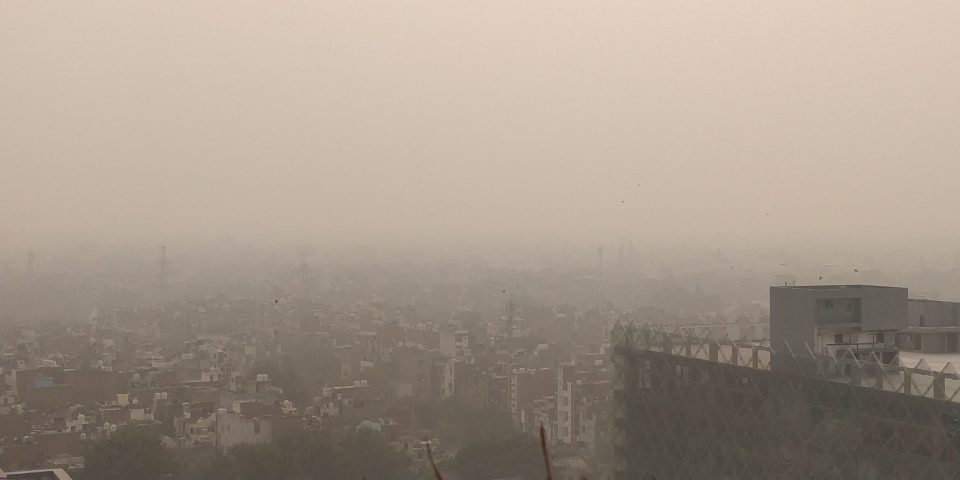
Regulate biomass burning to check pollution in Delhi: Study

It is well known that impact of short-term exposure to fine particulate matter (PM2.5) on health is significant and can even cause death. However, not much is known about the exact association of acute exposure to various chemicals constituting the PM2.5 with mortality, especially in developing countries like India.
A new study by a joint team of researchers from the Centre for Atmospheric Sciences at the Indian Institute of Technology (IIT)-Delhi, St. John’s Medical College, Bengaluru, and the Council of Scientific and Industrial Research’s National Physical Laboratory (CSIR-NPL) has sought to fill the gap.
The researchers examined the association between mortality and acute exposure to PM2.5 mass concentration and their 15 chemical components, using data from 2013 to 2016 in the capital city of Delhi. Mortality estimates were further checked in terms of sex, age group and season.
Also read: Ghazipur fire: Delhi Env minister asks pollution panel to impose Rs 50 lakh fine on EDMC
The subspecies of nitrate, ammonium nitrate, chromium, ammonia, elementary carbon (EC) and organic carbon (OC) showed a higher mortality impact than the total PM2.5 mass. Men were found to be at higher risk from nitrate, sulphate and their ammonium compounds along with chromium. In comparison, women were found to be at higher risk from elementary carbon and organic Carbon.
Winter exposure cause of concern
In terms of age groups, those above 65 years of age were the most vulnerable group prone to mortality effects from most of the chemical species. Further, the study found that the major mortality risk from all hazardous species arose from winter exposures.
The researchers have pointed out that unlike in the USA and other countries, the danger came less from metallic components like iron, arsenic, and lead and more from elementary carbon from fossil fuel combustions, organic carbon emitted by biomass burning, along with nitrates and sulphates produced from vehicles and local and incomplete burning of diesel.
“Our findings suggest that the major mortality risk posed by PM2.5 species is due to winter exposure, sourced in biomass burning, fossil-fuel combustion, secondary nitrate, vehicular and industrial emissions. The need to regulate biomass burning and biomass fuel use is therefore re-emphasized for Delhi. Our risk estimates on mortality suggest that any source mitigation in biomass burning, vehicular emissions and secondary nitrates could significantly reduce health ill-effects, especially fatal outcomes in Delhi,” researchers added.
Further studies suggested
The study provides the first evidence of association between acute exposure to PM2.5 chemical species and mortality anywhere in India. The scientists have recommended that similar studies be conducted in other regions so that sectoral mitigation of the most toxic species can be prioritized to maximize health benefits.
The research has been published in the science journal Environmental Science and Technology of ACS Publications. The team included Sagnik Dey and Pallavi Joshi of the IIT-Delhi’s Centre for Atmospheric Sciences, Santu Ghosh of St. John’s Medical College, and Sudhir Kumar Sharma from CSIR-NPL.
Also read: Air pollution kills insects, influences their ability to smell flowers: Study


